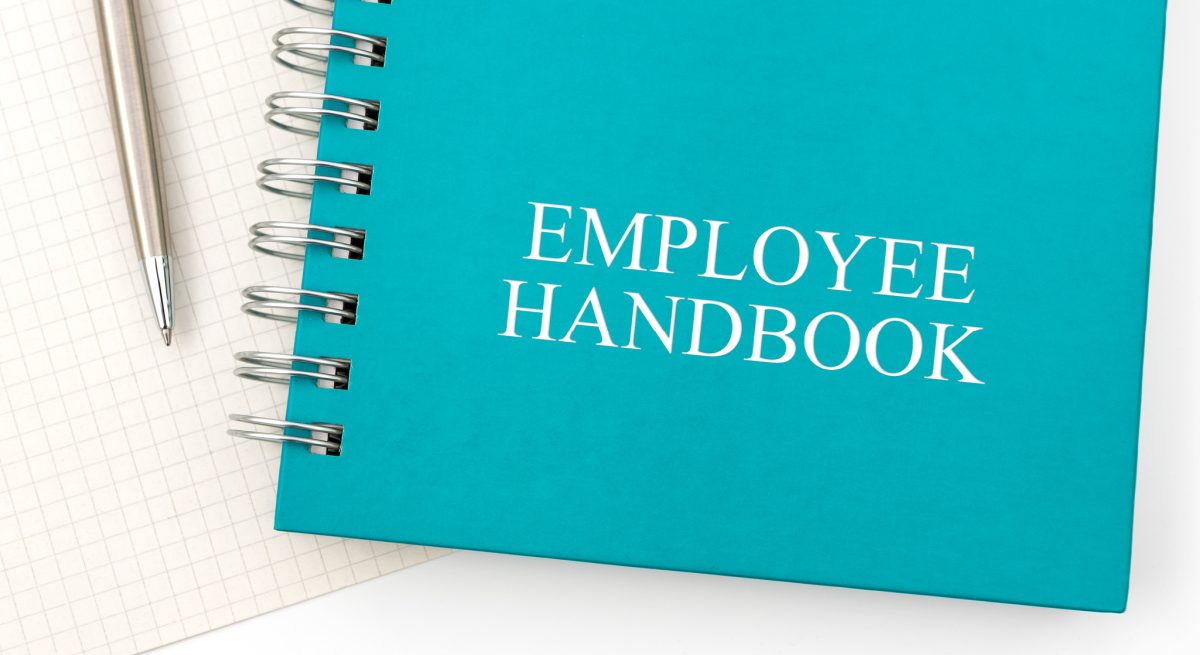Navigating Employee Handbook Changes in a COVID-19 World
3 Min Read By Joe Ruzicka
Every restaurant business needs some form of an employee handbook. This vital management tool is more than just a long list of workplace rules and regulations. It’s an introduction to your company culture and a road map for how to operate. It should serve as a guide for your employees to reference on an ongoing basis.
COVID-19 has drastically altered the way many businesses operate, which should require handbook changes. Restaurants are not only having to shift from in-person dining to takeout orders, but also having to rethink some of their internal policies to ensure they are operating efficiently and are properly staffed. Sick leave policies and PTO are among the employee handbook items that may need to be changed this year.
At this point in the pandemic, employers and employees alike are wondering if and when things will start to feel normal again. While we can’t tell you when business operations will start to look like they did prior to March of 2020, we can give you three suggestions to ensure your handbook is appropriately reflecting your policies in our current COVID-19 world.
1. Address Deficiencies in the Handbook
The pandemic has transformed the way many restaurant employers operate, and it has exposed areas where employers were unprepared, such as a lack of a detailed sick leave policy. As an employer, this provides an opportunity to take what you have learned over the past several months of being flexible with your workforce and tailor policies to fit the needs of your business.
For example, if you didn’t previously have a policy addressing extended leaves of absence beyond what was required by law, by now you’ve had time to work through providing this type of leave to employees through the pandemic. You can codify what works into a policy moving forward.
2. Ensure Handbook Compliance
In cases where you do have a policy that addresses an issue, ensure that it’s being enforced. If not, rethink why you have the policy and consider either eliminating it or rewording it to mirror your actual practice.
“For instance, a company may have a call-in procedure that doesn’t allow employees to text off work or to provide updates, but their supervisors or HR department have been allowing this throughout the pandemic to stay in touch,” said Brandon Roland, Director of Human Resources at Adams Keegan.
3. Utilize Addendums, Memorandums and Posters
The COVID-19 pandemic is temporary in nature, even if it doesn’t feel that way right now. With that in mind, be aware that any changes you make to a handbook specific to COVID-19 will likely need to be modified once this pandemic passes.
“In order to avoid having to redraft the handbook at that time, utilize memos for temporary procedures instead of drafting policies to add to a permanent handbook,” Roland said.
For state-specific changes, addendums also work well, as opposed to creating a one-size-fits-all manual with policies that are inapplicable to many employees. This could also prevent employees from seeing the company provide more generous policies to colleagues due to state-specific rules.
Also keep in mind that the Centers for Disease Control and Prevention (CDC) and U.S. Department of Labor (DOL) provides posters for employers to display at their worksites that provide information on sanitizing, social distancing and COVID-19 sick leave. This can be a resource for employers to use to inform restaurant staff of proper procedures instead of trying to add all of these pandemic-related items into a handbook.
Before you make any moves on revamping your employee handbook to better reflect our current climate, remember that some items are mandatory for compliance. This is where an expert opinion on legal and compliance factors, as well as operational human resources guidance, is helpful. HR experts speak the compliance language and can help you develop a handbook that provides useful information about topics such as how to pay an employee who’s out sick or how to ensure your staff is following necessary procedures.


